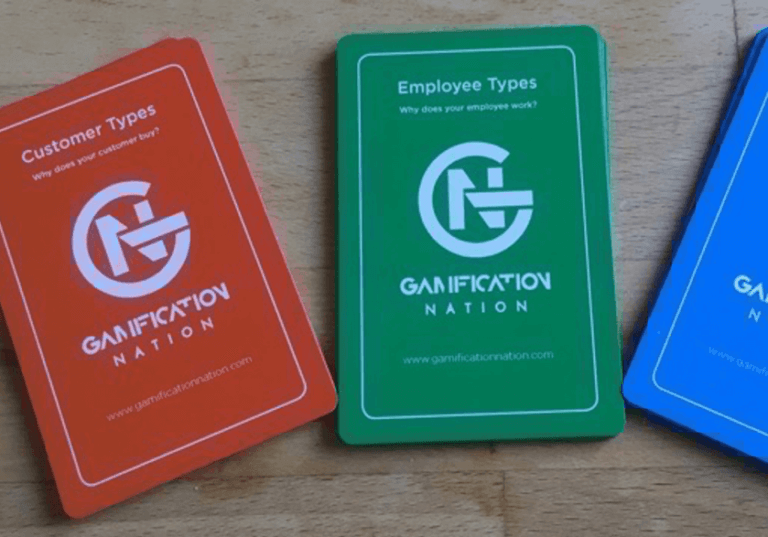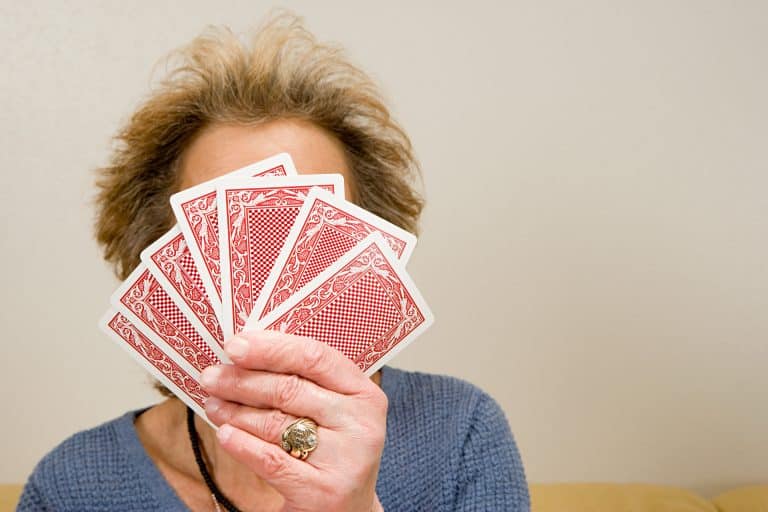Sales gamification
Sales people are in many organisations considered to be the most competitive bunch in the pack and in my experience closely followed by lawyers and finance guys. It is therefore no surprise that they are amongst the first to take on gamification and quite frankly a lot of sales teams would have been used to leaderboards and visual statistics of performance for as long as they can remember.
As a trainer and coach for sales and leadership teams, I often found that if only a leaderboard was used for tracking performance, then the top people had their ego fed and the bottom rung would digress even further into oblivion. So as a gamification mechanic for me a leaderboard is powerful only when it is inclusive and other mechanics are used to create a full picture. A current project I am working on to help increase the performance of sales people in a recruitment organisation once again brings home the leaderboard advantages and disadvantage especially when you have various levels of experience in the office and even slight role differences.
Step 1: model your gamification on top performer actions and behaviours
When designing a gamification strategy to support your sales team, in my view the starting point should be to analyse the behaviours and actions of your top performers. In my experience the top performers tend to be the hustlers, who are actively speaking to existing clients, looking for leads, making calls, finding out about projects relevant to their clients and market. They are nurturing relationships to deepen and widen their network of contacts with potential business. They often have more challenging conversations and work hard at understanding the needs and wants of their clients.
Activity statistics based on top performers will help you design what behaviour you want newer staff to take on board and it will give you a base to build the sales persons experience and development from. Actively encourage what has proven to work for others in your organisation. Useful data could be call volume, call duration, call to meeting conversions, meeting to sales conversions, repeat sales, up-sales, cross-sales, data sharing, etc.
Step 2: Levels
Based on experience levels of the individuals in your sales organisation you then want to develop appropriate standards to help them on their journey to success. For example you may set a call volume target to reach to get new sales people used to volume, when this is achieved focus on quality conversations with open ended, probing and challenging type of questions to gather valuable information or you could set these in reverse based on what is more important in your organisation.
What is motivational for people is to see how they can succeed and what actions they need to take to get to the next level. If you think of computer games, you usually know very quickly how you can complete a level and move forward. Some levels you will skip through easily others may take a bit of time. I don’t believe this to be any different in becoming a better sales person.
Step 3: Rewards, badges and random awards
In every sales environment I have worked with, the top people get rewarded, either with a bonus or sales achievement trip or membership of an exclusive club of high achievers. It makes good business sense to look after you top players, the more you know what they want and you can tailor it to them the better and the more it becomes an intrinsic motivator, because they are self-motivated to achieve it.
To keep people on track however, I have seen badges work as well as progress tracking. You may have badges for consistently reaching a call volume target, consistency on converting calls to meetings, etc. Again these smaller rewards may be based on what are known successful behaviours and earning a first badge or a regular badge may go a long way to keeping someone achieving even if they haven’t made it to the top of the leaderboard yet.
I also believe you should have random awards, which are given either by peers or managers. For example a manager receives an endorsement of a sales person directly and spontaneously from a client, then this could be a highlight of the week. You can give every sales agent 1 badge to gift to a colleague, which the giver has to substantiate with facts and evidence, like for example the office feel good person or the joker, etc they can be work related, but they don’t have to be. One rule to implement is that they should always aim to build someone up.
Step 4: Challenges
In one organisation I worked with, they held a mixed sales team challenge once per year with the objective of breaking down barriers between groups, to be more creative in their approach and to obviously gain new business. Management would line up a number of prospects, who had various degrees of like to dislike towards the organisation and teams were challenged to come up with their most original pitch in a sales presentation. The results varied in creativity, but often the most effective ideas didn’t come from top performers. It gave all sales agents a level playing field.
When setting a challenge you should always have a business target in mind, otherwise a team night out may be just as effective. Hold a challenge when motivation in general is low and you want to re-inject some fun. Make sure it is fair and can be measured objectively in case of close calls. Have a fun reward to aim for.
In one call centre, I saw a team ice cream challenge on a hot day when the air conditioning was broken. The manager set a team call volume target and the team that won, received ice cream for the team and a break to eat it.
Step 5: Celebrate wins
Milestones, no matter how small, deserve a form of celebration or praise. If you have a daily call target, you could have an automated message to congratulate achievement of the target. You could also point out when an agent is getting close to the target how much more they need to do to achieve it, for example with 5 calls to go to the 50 call target. Most people will go the extra mile when they are visibly close. You will always finish a marathon when you see the finishing line, even if you have to do it on all-fours or with the assistance of others. (Having finished 5 of them, I know this from personal experience)
Step 6: Support
Most computer games have a tutorial in place to teach you the basics, these days a lot of games are notifying you when you have a full set of lives or they even tell you they miss you when you haven’t played in a while. When you are in a work setting, most people know what they should be doing after they have been taught initially, but yet there are days that you don’t do it. On those days a prompt to encourage the actions that are helpful could be all it takes, from a pop-up message to say “your call volume is down today, listen to this top performer on how he overcomes the slump time”. Encourage peer support and provide support privately online. Most under-performing sales people I have met, would rather be successful, but sometimes they don’t know how or have lost motivation to strive because of consistent knock backs. Somewhere along the lines, human support is the best way to bridge a skills gap or to address a deeper motivational issues.
Step 7: Have fun
Create an environment that is buzzing and exciting. A silent sales team, always had me worried. The highest performing teams tended to be the noisiest teams, where fun was typically high on the agenda. Ring a bell for a close, create a pumping music prep-sale motivator, generally encourage interaction.
I hope that some of the ideas explained here are a good starting point for your sales team and because a lot of sales is a numbers game, ideas about gamification wouldn’t be complete without some statistics. In a review carried out by Salesforce last year, 90.4% of companies saw improvements thanks to their gamification initiatives. 71% said that they saw anywhere between 11% and 50% increases in measured sales performance.
What gamification elements are you implementing or running for your sales team?











